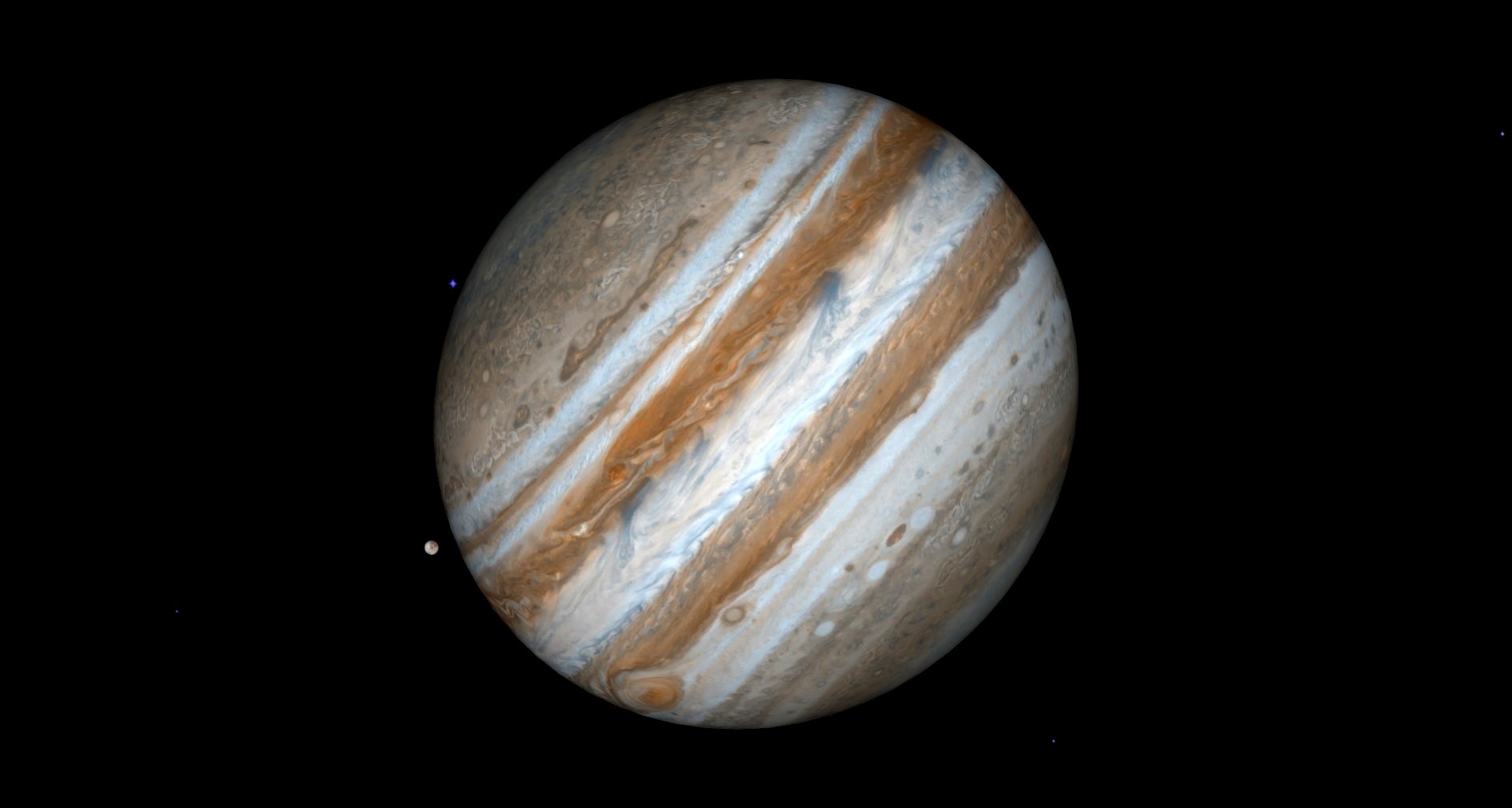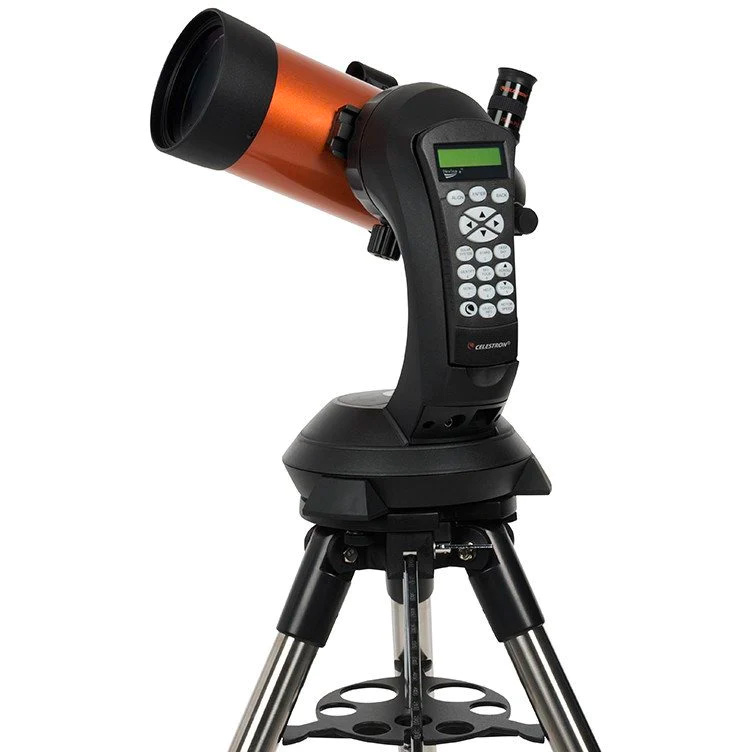See Jupiter at its biggest and brightest this weekend
Jupiter will rise opposite the sun this weekend, making the gas giant appear even brighter and larger in our sky.

Jupiter will rise opposite the sun this weekend, making the gas giant appear even brighter and larger in our sky.
This astronomical arrangement, known as opposition, occurs when a planet lies directly opposite of the sun when viewed from Earth. This weekend, Jupiter will reach opposition at 3:50 p.m. EDT (2050 GMT) on Saturday (Dec. 7), offering the best viewing opportunity of the planet in 2024.
Appearing in the constellation Taurus, Jupiter will be visible in the east at sunset, while the sun sets to the west. The planet will remain in view for much of the night, rising to its highest point in the sky around midnight local time, according to In-the-Sky.org.

Want to see Jupiter up close? The Celestron NexStar 4SE is ideal for beginners wanting quality, reliable and quick views of celestial objects. For a more in-depth look at our Celestron NexStar 4SE review.
At around the same time that Jupiter reaches opposition, the planet also makes its closest approach to Earth, also known as perigee. This coincides with opposition because Jupiter lies on the same side of the sun as Earth, such that our planet passes between Jupiter and the sun during opposition.
Related: Jupiter is at its closest to Earth in 59 years, NASA says
Jupiter will officially be closest to Earth on Friday (Dec. 6) at 6 a.m. EDT (1100 GMT). At this time, Jupiter will be only 380 million miles (611 million kilometers) away, appearing at its brightest and largest to viewers on Earth.
Despite the planet’s proximity, it will not be distinguishable as more than a star-like point of light in the night sky when viewed with the naked eye. But a good pair of binoculars will help pinpoint the planet, revealing a bright disk and system of Galilean moons, according to In-the-Sky.org.
Get the Space.com Newsletter
Breaking space news, the latest updates on rocket launches, skywatching events and more!
If you're looking for binoculars or a telescope to see Jupiter, our guides for the best binoculars and the best telescopes have options that can help. Be sure to also check out our guides on how to photograph the planets, the best cameras for astrophotography and the best lenses for astrophotography.
Make sure to also check out our night sky tonight page and monthly skywatching calendar so that you don’t miss any upcoming celestial events.
Editor's Note: If you snap a good photo of Jupiter during opposition and would like to share it with Space.com's readers, send your photo(s), comments, and your name and location to spacephotos@space.com.
Join our Space Forums to keep talking space on the latest missions, night sky and more! And if you have a news tip, correction or comment, let us know at: community@space.com.

Samantha Mathewson joined Space.com as an intern in the summer of 2016. She received a B.A. in Journalism and Environmental Science at the University of New Haven, in Connecticut. Previously, her work has been published in Nature World News. When not writing or reading about science, Samantha enjoys traveling to new places and taking photos! You can follow her on Twitter @Sam_Ashley13.
